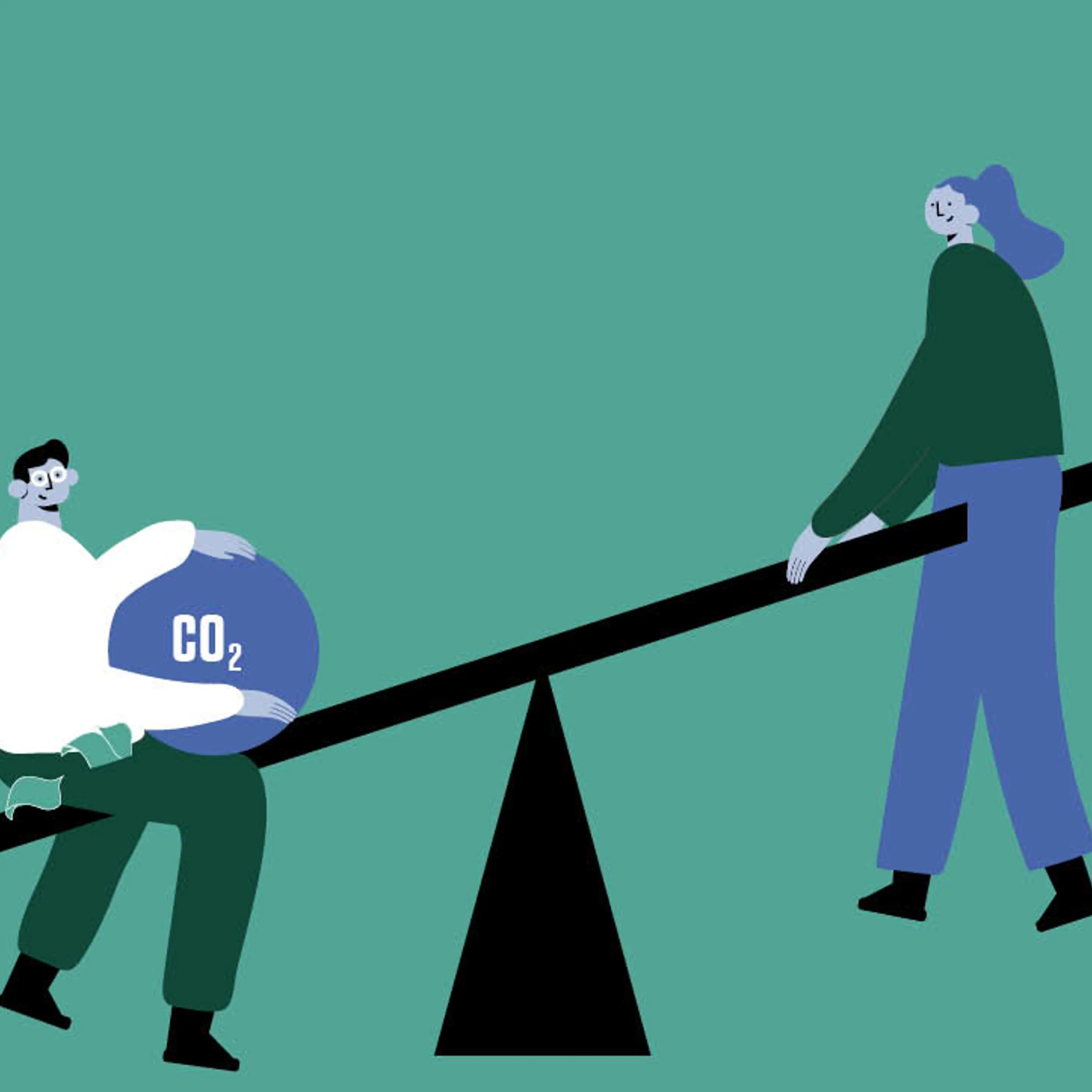Climate change is real. It is already affecting nature and the lives of human beings. Due to melting ice and changing weather patterns, billions of dollars must be invested in climate adaptation infrastructure to protect citizens around the globe.
Even cities considered climate adaptation frontrunners such as Copenhagen, London and Singapore are not well prepared for the rising sea levels, the extreme rain and the heat following climate change. The city planners and politicians do actually realize that there is an unmet need to construct infrastructure such as dikes, local drainage of rainwater and parks for shade. But they do not know how to raise the money.
This is the conclusion made in research performed by CBS researcher Stella Whittaker:
“Right now, the city governments are the only ones being proactive to find solutions, because they know that they cannot afford the necessary infrastructure. The private sector, which is capable of providing the funding, is really not that interested, because they do not see a clear income stream. So, there is an urgent need to develop business models, which will give them a viable risk return,” says Stella Whittaker, PhD student at CBS and an international specialist in the field of climate change.
Also, even at state level, politicians, and policymakers are reluctant to face the challenge, she says.
Enablers for change have to come together
Stella Whittaker gathered this information through ninety interviews carried out in Copenhagen, London, and Singapore.
To capture their thinking, she interviewed city bureaucrats, investors and people working for organizations who could become enablers for a change. According to Whittaker, they will all have to work together to create models on how the public and private sector combine forces. Their common goal should be to protect citizens against flooding, extreme heat, loss of land for farming, famine, and economic decline.



